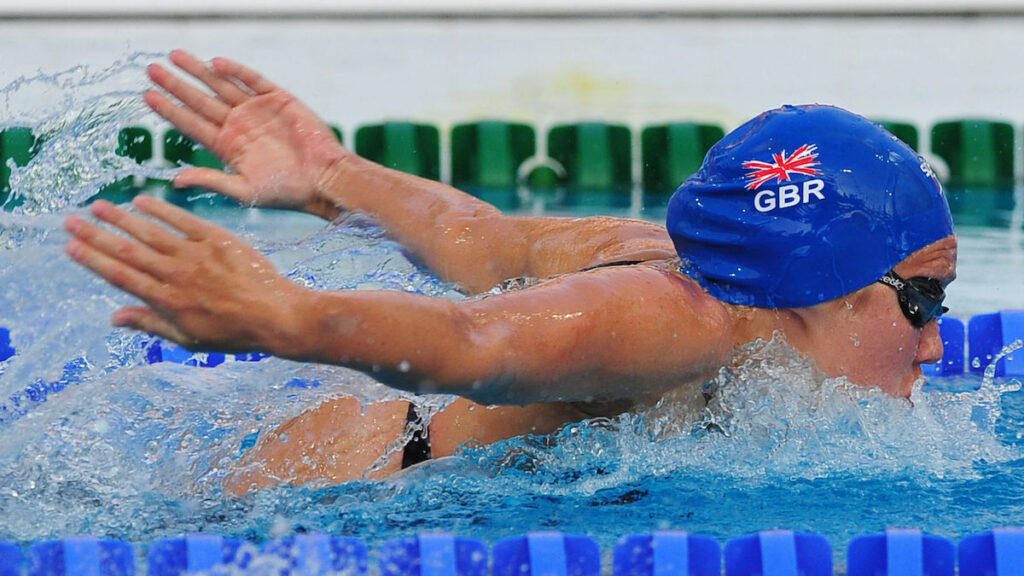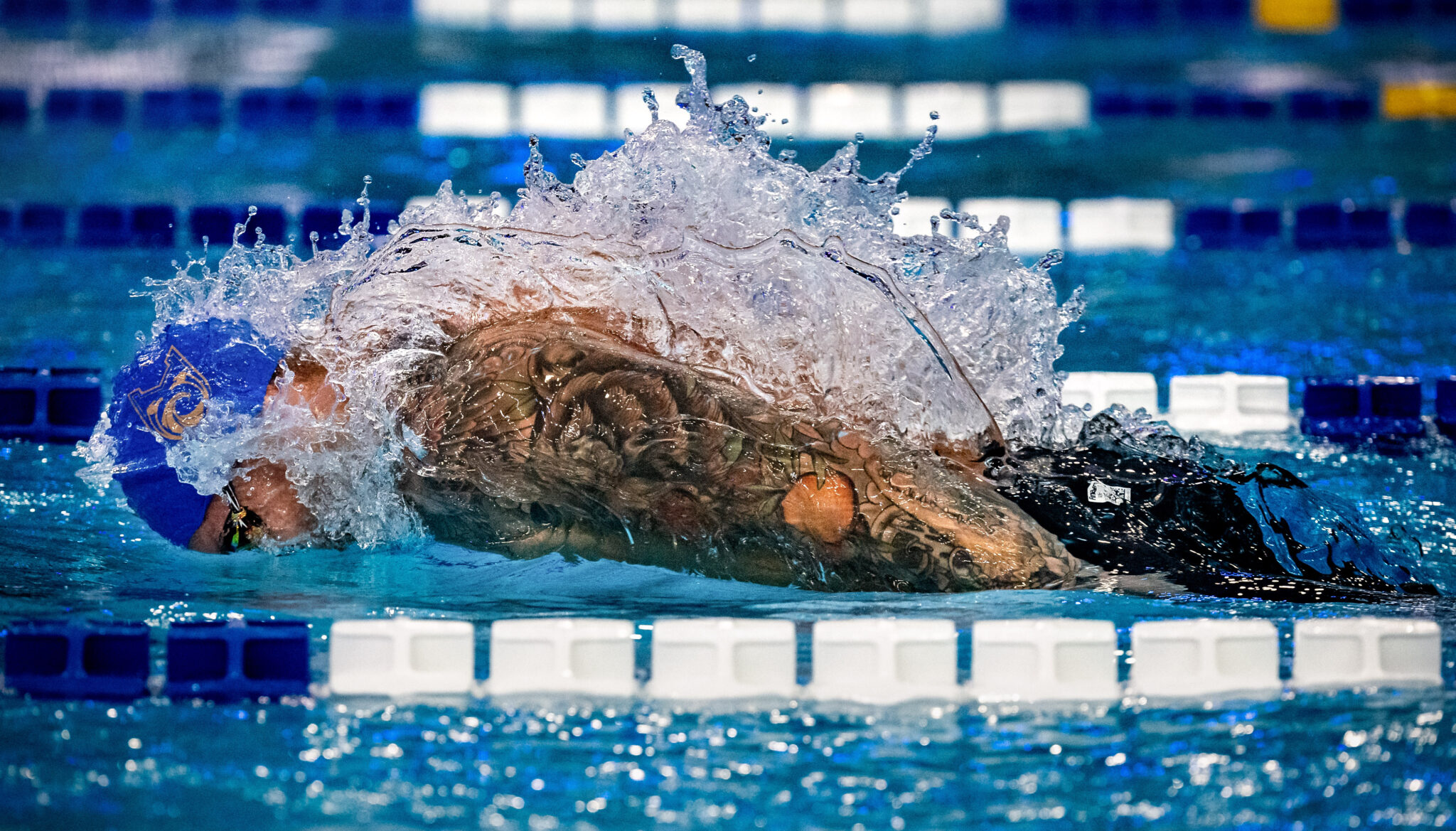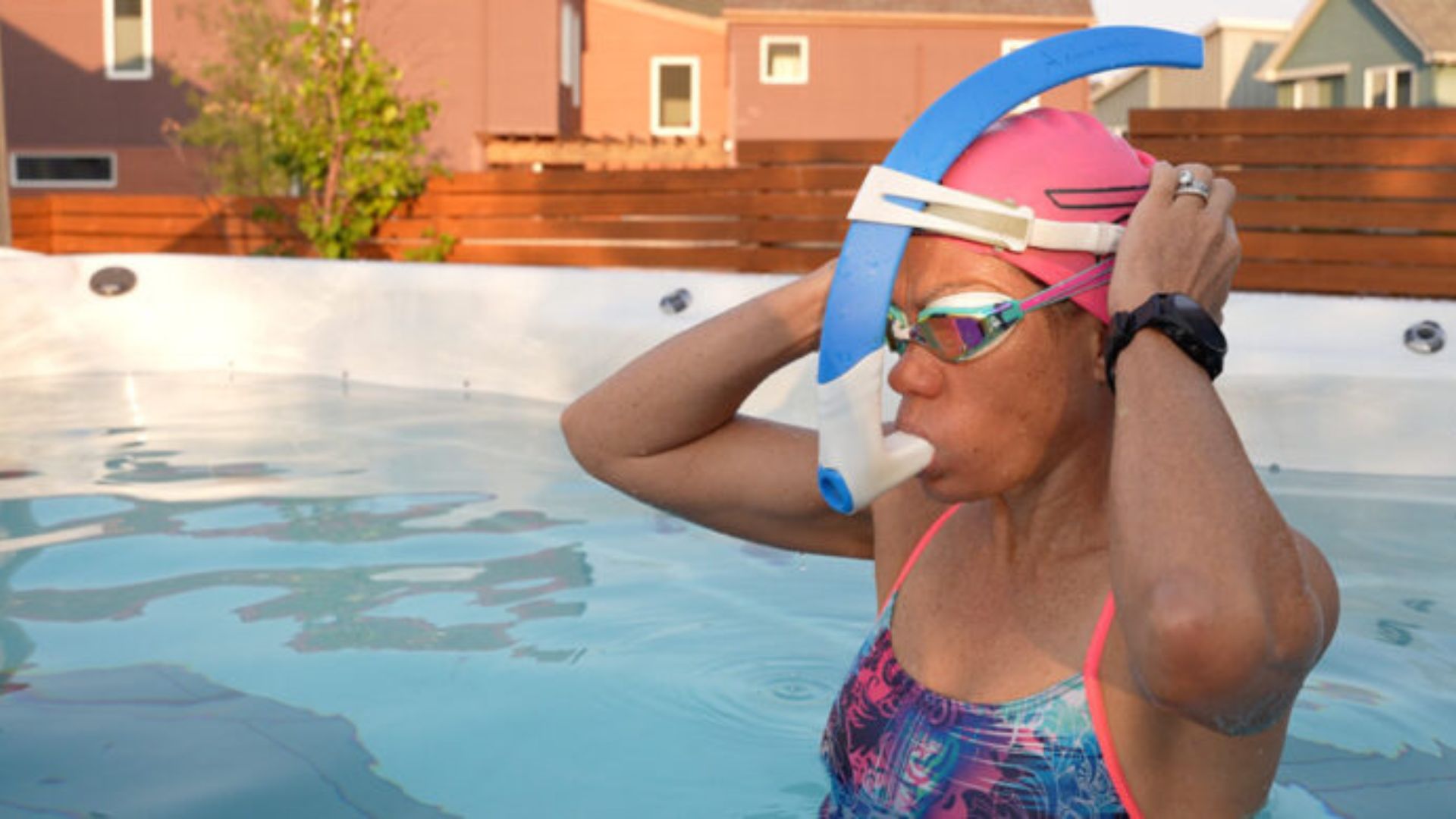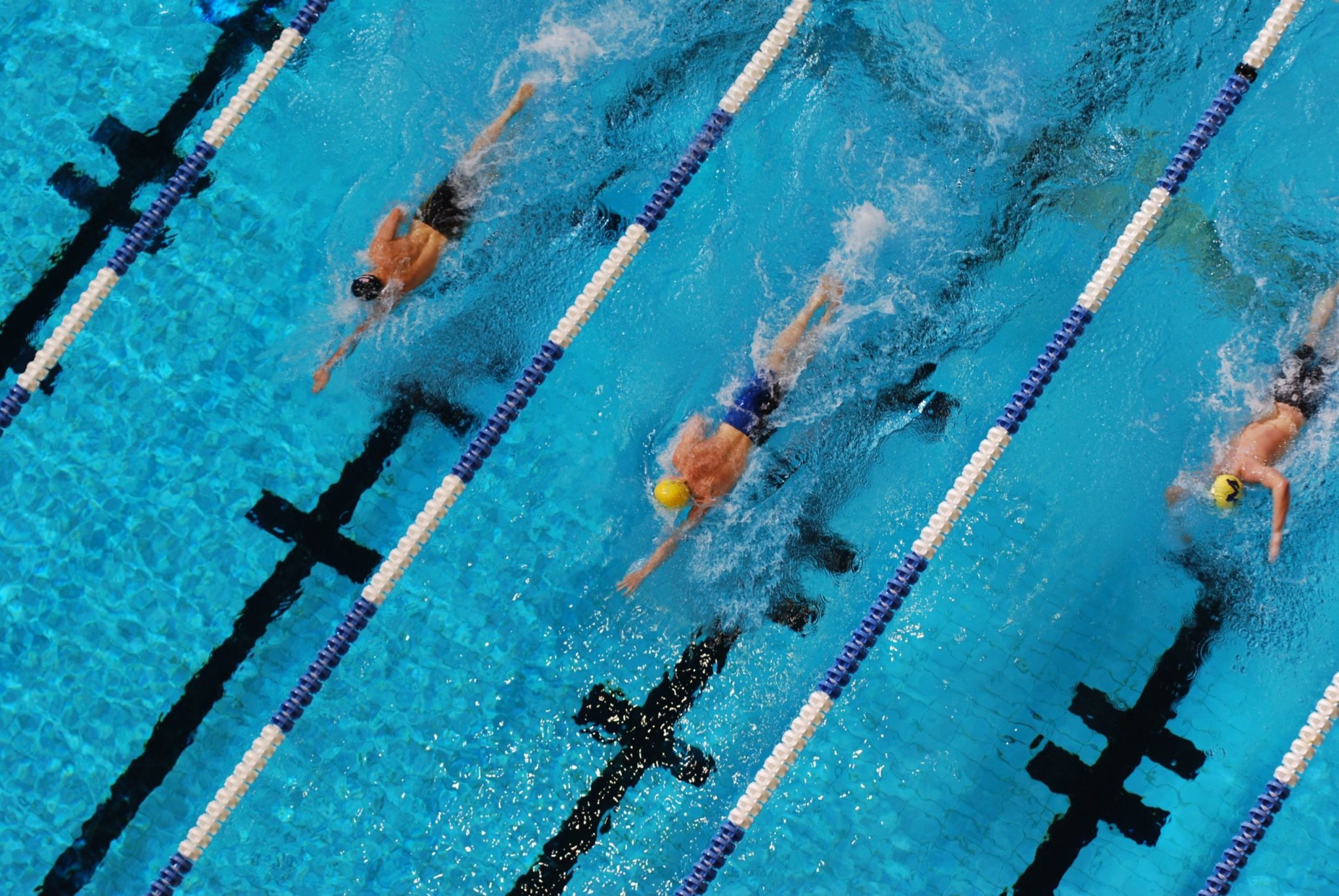Butterfly stroke is known for its demanding nature on cardiovascular endurance and muscular strength. To swim butterfly effectively and sustainably, swimmers must focus on enhancing their endurance capacity. Moreover, building endurance not only improves performance but also reduces the risk of fatigue-related injuries. Therefore, incorporating specific strategies and techniques into your training regimen is crucial for maintaining endurance in butterfly.

Focus on Proper Technique
Efficient technique is fundamental for conserving energy and maintaining endurance in butterfly. Focus on maintaining a streamlined body position, engaging core muscles, and executing powerful yet controlled arm movements. Moreover, ensure your kicks are rhythmic and well-timed to minimize energy expenditure. Additionally, practicing drills that emphasize stroke efficiency can help refine your technique over time. Therefore, mastering proper technique is essential for conserving energy and enhancing endurance.
Develop Cardiovascular Fitness
Cardiovascular fitness plays a crucial role in sustaining endurance during butterfly swimming. Incorporate aerobic exercises such as running, cycling, or swimming laps in other strokes to improve overall cardiovascular health. Moreover, interval training can simulate the intensity of butterfly swimming, helping to build endurance. Additionally, focus on maintaining a consistent training schedule to gradually increase stamina and endurance capacity. Therefore, developing cardiovascular fitness through varied exercises and training methods is essential for endurance maintenance.
Incorporate Distance Swimming
Incorporating distance swimming into your training regimen is essential for building endurance specific to butterfly stroke. Gradually increase the distance you swim in butterfly during practice sessions. Moreover, alternating between different strokes can provide recovery while still maintaining cardiovascular demand. Additionally, focus on maintaining a steady pace and rhythm throughout your swims to improve endurance over time. Therefore, incorporating distance swimming sessions into your routine is crucial for building and maintaining butterfly endurance.
Interval Training
Interval training is an effective method for improving both aerobic and anaerobic endurance in butterfly swimming. Alternate between periods of high-intensity butterfly swimming and periods of active recovery or lighter swimming strokes. Moreover, adjust the duration and intensity of intervals based on your current fitness level and training goals. Additionally, interval training helps simulate race conditions and improves the body’s ability to recover quickly. Therefore, incorporating interval training into your workouts can enhance butterfly endurance and overall performance.
Breathing Techniques
Proper breathing techniques are essential for maintaining endurance in butterfly swimming. Focus on developing a rhythmic breathing pattern that aligns with your stroke cycle. Moreover, practice bilateral breathing to evenly distribute energy expenditure and reduce fatigue. Additionally, aim to take quick and efficient breaths during the recovery phase of your arm stroke. Therefore, mastering effective breathing techniques can help sustain endurance and improve overall performance in butterfly swimming.
Core Strength and Stability
Core strength and stability are critical for maintaining proper body alignment and reducing drag in butterfly swimming. Incorporate core-focused exercises such as planks, leg raises, and flutter kicks into your strength training routine. Moreover, a strong core helps support efficient stroke mechanics and reduces energy loss. Additionally, focus on maintaining a stable and streamlined body position throughout your swims to conserve energy and improve endurance. Therefore, developing core strength and stability is essential for maintaining endurance in butterfly swimming.
Hydration and Nutrition
Proper hydration and nutrition play vital roles in maintaining endurance during butterfly swimming. Stay hydrated before, during, and after training sessions to prevent dehydration and muscle fatigue. Moreover, consume a balanced diet rich in carbohydrates, proteins, and healthy fats to fuel your workouts and promote muscle recovery. Additionally, consider incorporating electrolyte-rich drinks to replenish minerals lost through sweat. Therefore, prioritizing hydration and nutrition can enhance endurance and overall performance in butterfly swimming.
Mental Focus and Relaxation
Maintaining mental focus and relaxation during butterfly swimming is essential for conserving energy and improving endurance. Stay calm and focused on your technique and breathing rhythm throughout each stroke cycle. Moreover, practice visualization techniques to mentally prepare for training sessions and competitions. Additionally, incorporate relaxation techniques such as deep breathing or meditation to reduce stress and muscle tension. Therefore, fostering mental focus and relaxation can improve endurance and performance in butterfly swimming.
Monitor Progress and Rest
Monitoring your progress and incorporating adequate rest are crucial for maintaining endurance in butterfly swimming. Keep track of your training distances, times, and stroke efficiency to gauge improvement over time. Moreover, listen to your body’s signals and incorporate rest days into your training schedule to prevent overtraining and reduce the risk of injury. Additionally, prioritize quality sleep to promote muscle recovery and overall well-being. Therefore, monitoring progress and allowing sufficient rest are essential for sustaining endurance and optimizing performance in butterfly swimming.
Conclusion
Maintaining endurance in butterfly swimming requires a holistic approach that includes proper technique, cardiovascular fitness, distance swimming, interval training, effective breathing techniques, core strength, hydration and nutrition, mental focus, and adequate rest. By incorporating these strategies into your training regimen consistently, you can enhance your endurance capacity and improve overall performance in butterfly swimming. Remember to stay patient, persistent, and attentive to your body’s needs throughout your training journey. Happy swimming!



